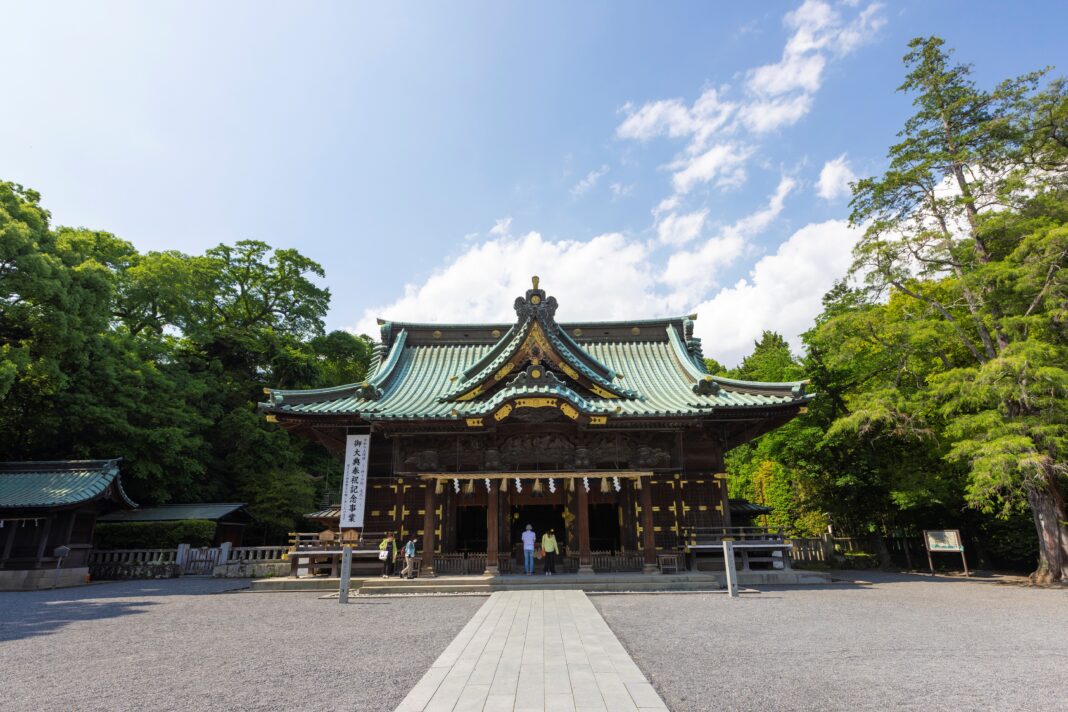MISHIMA JUKU
Mishima City, a garden city with streams of snowmelt from Mt. Fuji, flourished as one of the post towns on the Old Tokaido Highway.
Today, travelers can easily explore the town with a number of attractions within walking distance from Mishima Station along the Tokaido Shinkansen.
Table of Contents
INTRODUCTION
The Old Tokaido Highway became firmly established in the early 17th century as the main thoroughfare for travelers between the new capital of Edo (Tokyo) and Kyoto.
The 11th Post Town of Mishima was home to 2 “Honjin” (official lodging for feudal lords, priests and aristocrats), 3 Waki-Honjin(lodging for second ranking official travelers) and 74 other inns for everyone else.
Depending which way you were traveling, Mishima was the first or last Post Station in what is known today as Shizuoka Prefecture. After, or before, traveling over the Hakone Hachiri Pass, which was one of the steepest parts of the Tokaido Highway, many of the Feudal Lords and their entourage would stay in Mishima.
The town of Mishima was perhaps most famous for Mishima Taisha Shrine which was located right next to the path of the Tokaido Highway. The shrine is dedicated to the father of Konohana Sakuyahime, the goddess of Mt. Fuji and is known as one of the most prestigious shrines in Japan.
Japan’s first Shogun , Minamoto no Yoritomo, was said to worship at the Mishima Taisha Shrine after he was exiled to Izu.
When the famous 19th Century artist Hiroshige painted his depiction of the Mishima Post Station in his series ‘The Fifty-three Stations of the Tokaido’, he depicted travelers on the highway walking past the front Torii Gate with a silhouette of Mishima Taisha Shrine visible in the background.

SUGGESTED ITINERARY IN MISHIMA
MORNING – TAKE IN VIEWS LIKE ANCIENT TRAVELERS
Before visiting Mishima, travelers that are really interested in the Old Tokaido Highway should first travel from Odawara to Mishima. Walking the Hakone Hachiri section of the Tokaido to get a real feel for what travelers 300 years ago experienced.
If the weather is kind in the morning, the Yamanaka Castle Ruins (30 min bus ride from Mishima Station) is highly recommended for some morning exercise, fresh air and amazing views of Mt. Fuji (weather permitting).
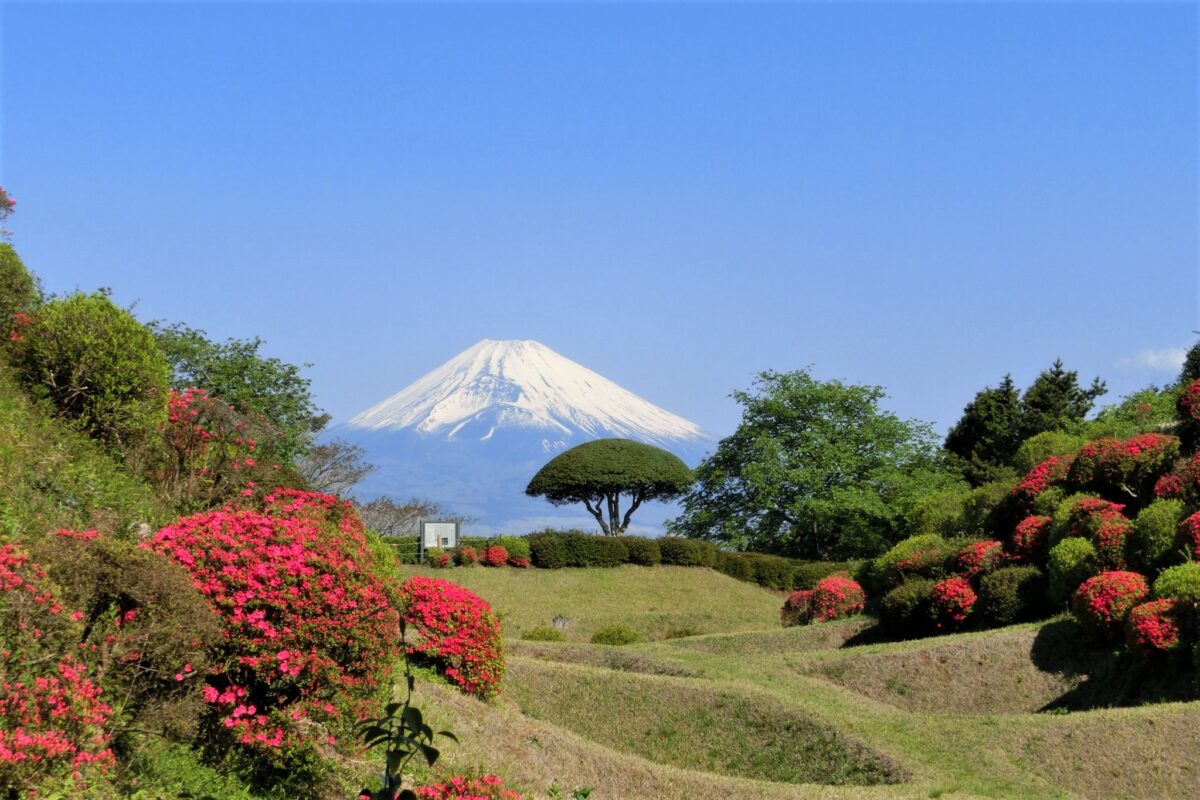
The castle was destroyed in 1590, just before the Tokaido Highway came to prominence, but travelers on the old road would have passed by these ruins as they made their way to and from Hakone.
Located close to Yamanaka Castle Ruins, Mishima Skywalk, the picturesque pedestrian suspension bridge is a great place to take in the view of Mt. Fuji and Suruga Bay (weather permitting). It is also good to stop there for a coffee or lunch and maybe a thrilling zipline ride, and a walk through the hydrangea garden.
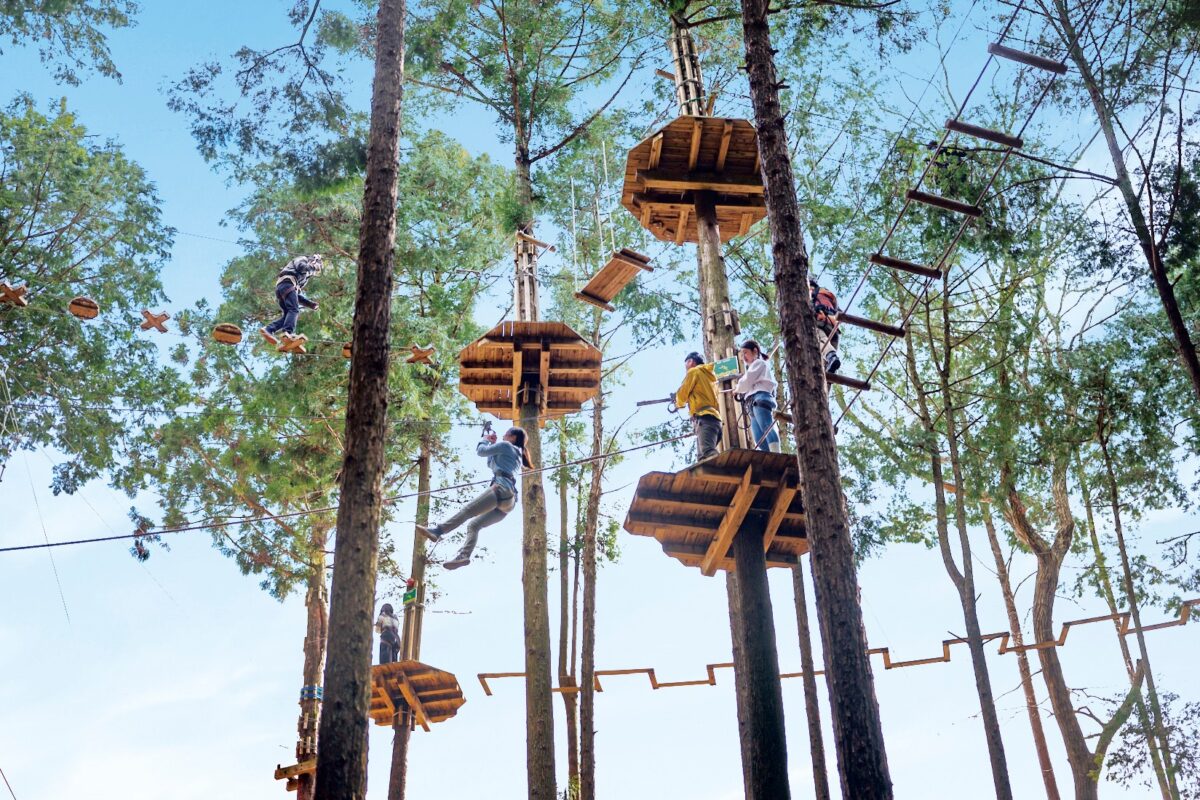
After lunch and a look around, head back to Mishima Station.
AFTERNOON – FOLLOW MISHIMA’S WATERWAY
After returning to Mishima Station, keep the walking shoes on and head to Rakujuen Park (just a few minutes’ walk from the South exit of the Station).
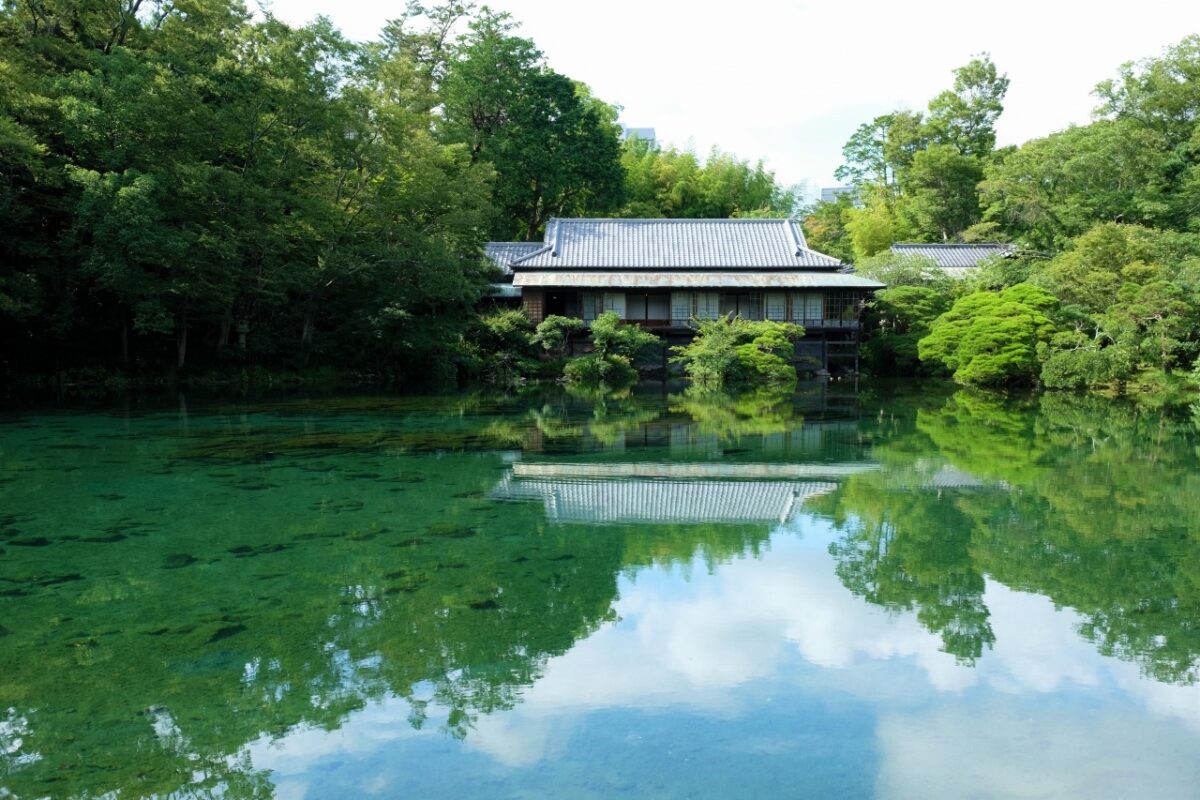
In the park, you will find sprawling Japanese gardens that used to be the holiday villa of Prince Akihito Komatsunomiya in the 19th century, as well as local artifacts dating back 30,000 years in the small museum.
From the park, keep walking South and follow the signposts for the Genbe River. The source of the water in this river comes directly from snow melt on Mt. Fuji that is filtered over decades before it reaches the streets of Mishima.
After 10 minutes or so, you will come to the road that used to be the Tokaido Highway. Turn left here and you will soon come across Mishima Taisha Shrine.
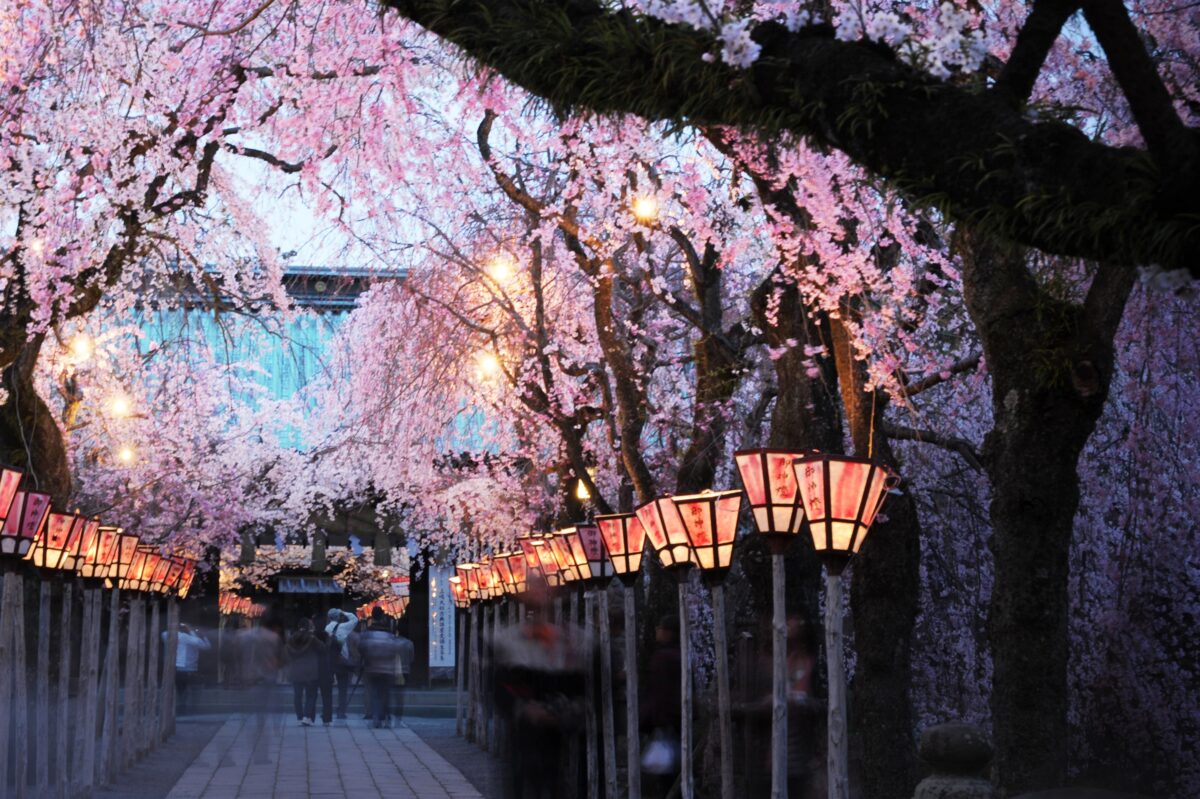
After a long day of exploring, why don’t you treat yourself to a local delicacy – Unagi (eel)? Their famous charbroiled eel is prepared and washed in Mt. Fuji water and said to have fresh and clean taste. Find restaurants here.
MORE INFORMATION
Detailed map of Mishima and Tokaido related attractions in English
Tokaido Guided Tours available on our website
